Introduction to Frequency Conversion Crystals
Frequency conversion is a critical process in the field of optics, enabling the transformation of light from one frequency to another. This process is facilitated by nonlinear optical crystals, such as Yttrium Calcium Oxyborate (YCOB) and Lithium Triborate (LBO). These crystals are renowned for their exceptional properties, making them ideal for frequency conversion applications. This article provides a comprehensive comparison of YCOB and LBO crystals, focusing on their suitability for frequency conversion applications.
Understanding YCOB Crystals
YCOB crystals, known for their high thermal stability and excellent nonlinear optical properties, are widely used in frequency conversion applications. Their unique structure allows for efficient second-harmonic generation (SHG), a process that combines two photons of the same frequency to generate a new photon with twice the frequency.
Properties of YCOB Crystals
YCOB crystals exhibit a high damage threshold, making them resistant to high-power laser beams. They also possess a wide transparency range, allowing for efficient frequency conversion across a broad spectrum of light. Moreover, YCOB crystals have a high nonlinear coefficient, which enhances their frequency conversion efficiency.
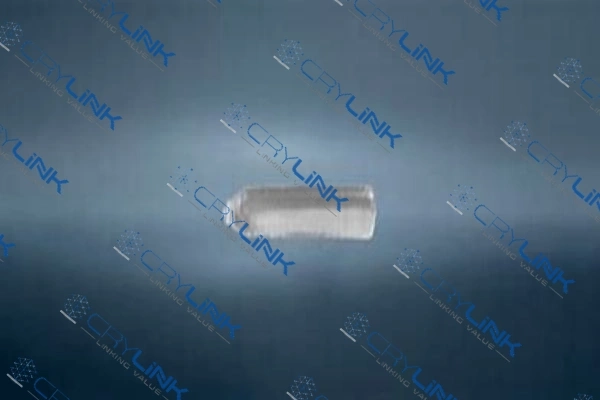
Exploring LBO Crystals
LBO crystals, on the other hand, are known for their broad transparency range and high damage threshold. These properties make LBO crystals a popular choice for frequency conversion applications, particularly for high-power lasers.
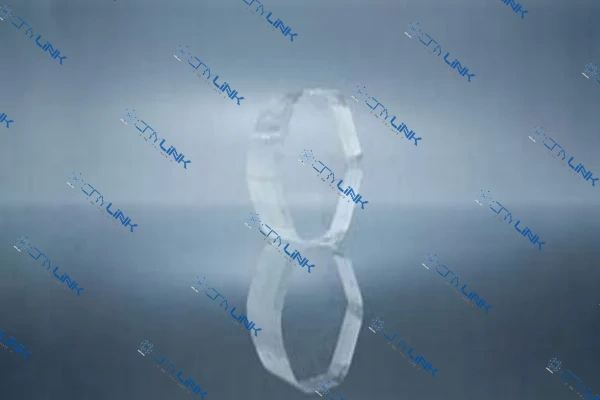
Comparative Analysis: YCOB vs LBO Crystals for Frequency Conversion Applications
When it comes to frequency conversion applications, such as second-harmonic generation and optical parametric amplification, the choice of nonlinear optical crystal is crucial. Two of the most commonly used crystals for these applications are Yttrium Calcium Oxyborate (YCOB) and Lithium Triborate (LBO). Both of these crystals have unique properties that make them suitable for frequency conversion applications, but there are also significant differences between them. This section provides a detailed comparative analysis of YCOB and LBO crystals.
YCOB crystals are known for their high nonlinear coefficient, which is a measure of their ability to convert light from one frequency to another. This property makes YCOB crystals particularly effective for second-harmonic generation, where two photons with the same frequency combine to produce a new photon with twice the frequency. In addition to their high nonlinear coefficient, YCOB crystals also have excellent thermal stability, which allows them to withstand the high temperatures generated by high-power laser beams. This makes YCOB crystals an ideal choice for high-power frequency conversion applications.
On the other hand, LBO crystals have a broad transparency range, which means they can facilitate efficient frequency conversion across a wide spectrum of light. This property makes LBO crystals versatile and suitable for a variety of frequency conversion applications. Furthermore, LBO crystals have a high damage threshold, which means they can resist damage from high-power laser beams. This makes LBO crystals an ideal choice for high-power frequency conversion applications.
However, there are also significant differences between YCOB and LBO crystals that can influence their suitability for specific frequency conversion applications. For example, while YCOB crystals have a higher nonlinear coefficient than LBO crystals, they also have a lower damage threshold. This means that while YCOB crystals may provide more efficient frequency conversion, they may also be more susceptible to damage from high-power laser beams.
On the other hand, while LBO crystals have a lower nonlinear coefficient than YCOB crystals, they also have a higher damage threshold. This means that while LBO crystals may provide less efficient frequency conversion, they may also be more resistant to damage from high-power laser beams.
In addition to these differences, there are also other factors to consider when choosing between YCOB and LBO crystals for frequency conversion applications. For example, the specific requirements of the application, such as the power of the laser beam and the desired frequency of the output light, can influence the suitability of each crystal. Furthermore, the cost and availability of each crystal can also be important considerations.
In conclusion, both YCOB and LBO crystals have unique properties that make them suitable for frequency conversion applications. However, there are also significant differences between these crystals that can influence their suitability for specific applications. Therefore, when choosing between YCOB and LBO crystals for frequency conversion applications, it is important to consider not only their properties but also the specific requirements of the application.
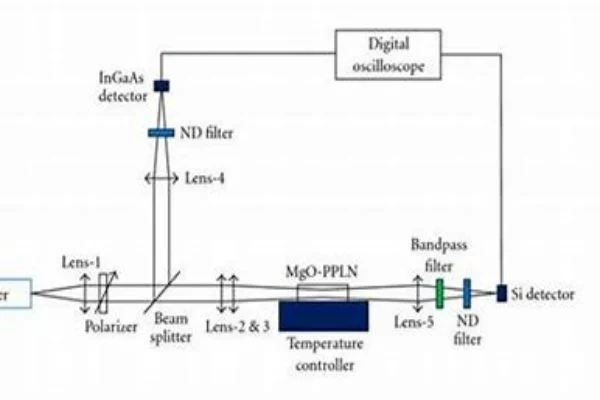
Second-Harmonic Generation: An In-depth Exploration
Second-harmonic generation (SHG) is a fascinating phenomenon in the field of nonlinear optics. It is a process where two photons, each with the same frequency, interact within a nonlinear medium and generate a new photon with twice the frequency. This doubling of the frequency is where the term “second harmonic” originates.
The process of SHG is highly dependent on the properties of the nonlinear medium, which in our case, are the YCOB and LBO crystals. These crystals are chosen for their unique properties that make them ideal for facilitating SHG. Let’s delve deeper into the role of these crystals in SHG and how their properties influence the efficiency of the process.
YCOB crystals, with their high nonlinear coefficient, are particularly effective in SHG. The nonlinear coefficient is a measure of how efficiently a material can convert light from one frequency to another. A higher nonlinear coefficient means that the crystal can facilitate more efficient frequency conversion, making YCOB crystals an excellent choice for SHG.
In addition to the nonlinear coefficient, the thermal stability of YCOB crystals also plays a crucial role in SHG. High-power laser beams can generate significant heat, which can degrade the performance of the crystal and reduce the efficiency of the SHG process. YCOB crystals, with their high thermal stability, can withstand these high temperatures, ensuring that the SHG process remains efficient even under high-power conditions.
On the other hand, LBO crystals, known for their broad transparency range and high damage threshold, are also a popular choice for SHG. The broad transparency range of LBO crystals means that they can facilitate efficient frequency conversion across a wide spectrum of light. This makes LBO crystals versatile and suitable for a variety of SHG applications.
The high damage threshold of LBO crystals is another critical factor in SHG. High-power laser beams can potentially damage the crystal, reducing its efficiency and lifespan. LBO crystals, with their high damage threshold, are resistant to this damage, making them ideal for high-power SHG applications.
Furthermore, LBO crystals are birefringent, meaning they refract light differently depending on the polarization and propagation direction of the light. This property is advantageous for SHG as it allows for phase matching, a condition that maximizes the efficiency of the SHG process.
In conclusion, both YCOB and LBO crystals play a crucial role in second-harmonic generation. Their unique properties, such as the high nonlinear coefficient of YCOB crystals and the broad transparency range and high damage threshold of LBO crystals, make them ideal for this application. However, the choice between YCOB and LBO will depend on the specific requirements of the SHG application, including the power of the laser beam and the desired frequency of the output light.
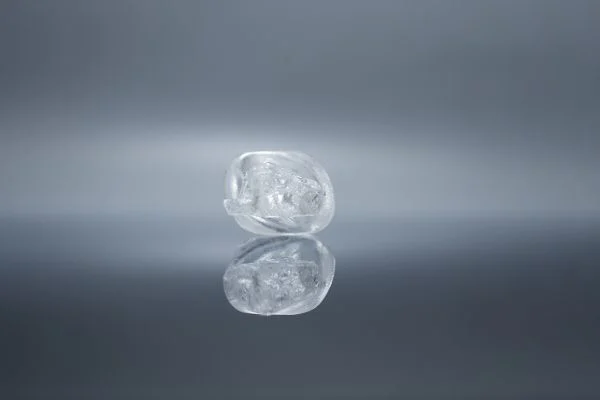
Optical Parametric Amplification: A Comprehensive Examination
Optical parametric amplification (OPA) is a significant process in the field of nonlinear optics. It is a process where a high-frequency (pump) photon is converted into two lower-frequency (signal and idler) photons within a nonlinear medium. This process is widely used in laser systems to amplify weak signals and generate tunable light sources.
The role of nonlinear optical crystals, such as YCOB and LBO, in facilitating OPA is crucial. These crystals are chosen for their unique properties that make them ideal for this process. Let’s explore the role of these crystals in OPA and how their properties influence the efficiency of the process.
YCOB crystals, known for their high nonlinear coefficient, are particularly effective in OPA. The nonlinear coefficient is a measure of how efficiently a material can convert light from one frequency to another. A higher nonlinear coefficient means that the crystal can facilitate more efficient frequency conversion, making YCOB crystals an excellent choice for OPA.
In addition to the nonlinear coefficient, the thermal stability of YCOB crystals also plays a crucial role in OPA. High-power laser beams can generate significant heat, which can degrade the performance of the crystal and reduce the efficiency of the OPA process. YCOB crystals, with their high thermal stability, can withstand these high temperatures, ensuring that the OPA process remains efficient even under high-power conditions.
On the other hand, LBO crystals, known for their broad transparency range and high damage threshold, are also a popular choice for OPA. The broad transparency range of LBO crystals means that they can facilitate efficient frequency conversion across a wide spectrum of light. This makes LBO crystals versatile and suitable for a variety of OPA applications.
The high damage threshold of LBO crystals is another critical factor in OPA. High-power laser beams can potentially damage the crystal, reducing its efficiency and lifespan. LBO crystals, with their high damage threshold, are resistant to this damage, making them ideal for high-power OPA applications.
Furthermore, LBO crystals are birefringent, meaning they refract light differently depending on the polarization and propagation direction of the light. This property is advantageous for OPA as it allows for phase matching, a condition that maximizes the efficiency of the OPA process.
In conclusion, both YCOB and LBO crystals play a crucial role in optical parametric amplification. Their unique properties, such as the high nonlinear coefficient of YCOB crystals and the broad transparency range and high damage threshold of LBO crystals, make them ideal for this application. However, the choice between YCOB and LBO will depend on the specific requirements of the OPA application, including the power of the laser beam and the desired frequency of the output light.
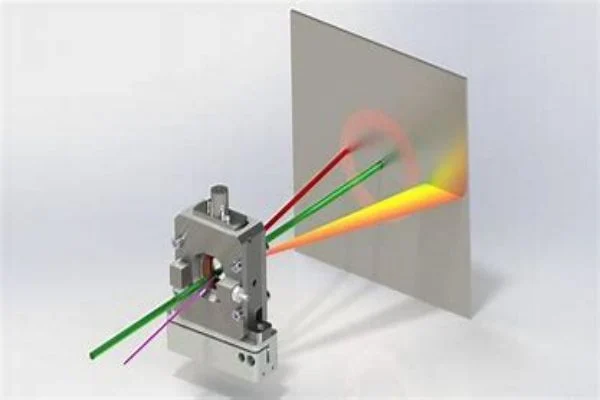
Conclusion: Choosing Between YCOB and LBO Crystals
In conclusion, both YCOB and LBO crystals offer unique advantages for frequency conversion applications. The choice between the two will depend on the specific requirements of the application. YCOB crystals may be the better choice for applications requiring high conversion efficiency and thermal stability, while LBO crystals may be more suitable for applications requiring broad phase-matching capabilities.
FAQs
- What is frequency conversion?
Frequency conversion is a process that changes the frequency of light, facilitated by nonlinear optical crystals such as YCOB and LBO. - What are the advantages of YCOB crystals?
YCOB crystals have a high nonlinear coefficient, high damage threshold, and excellent thermal stability, making them efficient for frequency conversion applications. - Why are LBO crystals used in frequency conversion?
LBO crystals have a broad transparency range, high damage threshold, and unique birefringence property, making them suitable for frequency conversion, especially in high-power applications. - How does the efficiency of frequency conversion differ between YCOB and LBO crystals?
YCOB crystals have a higher nonlinear coefficient, potentially providing more efficient frequency conversion. However, LBO crystals have better phase-matching capabilities due to their birefringence, allowing efficient conversion over a wider range of wavelengths. - Which crystal should I choose for my application, YCOB or LBO?
The choice depends on the specific requirements of your application. YCOB crystals are ideal for applications requiring high conversion efficiency and thermal stability, while LBO crystals are suitable for applications requiring broad phase-matching capabilities.

Frank
Frank graduated from the University of Shanghai for Science and Technology, majoring in optics. As a technical engineer at Crylink Company, he deeply understands crystal materials and laser components.
Related Video(s) with this Article
Related Product(s) with this Article
Related Application(s) with this Article
